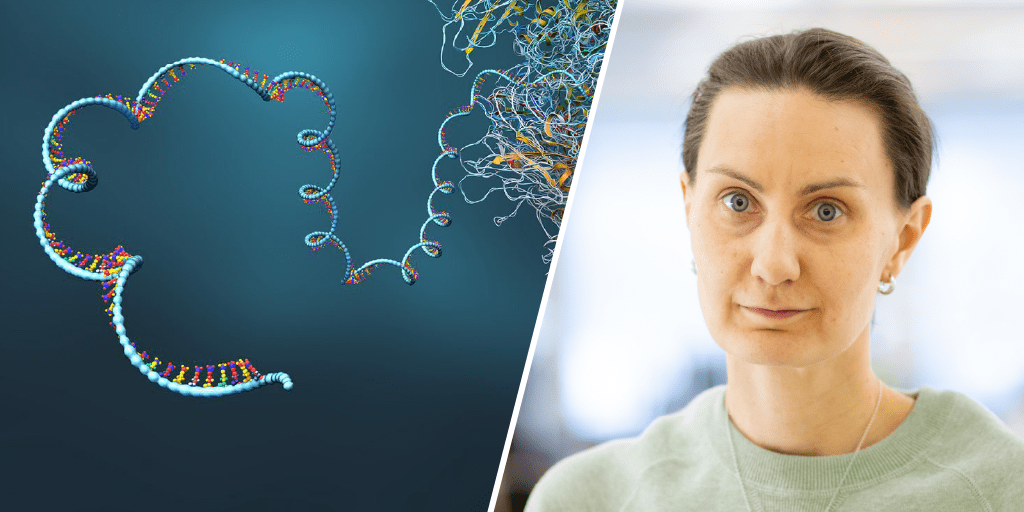New protocol facilitates functional genomic region discovery
Led by SciLifeLab Fellow Anniina Vihervaara, researchers from KTH have developed a new protocol that identifies functional genomic regions by using nascent RNA-sequencing data. The new computational protocol makes it possible to analyze and visualize how RNA synthesis is controlled across the genome, at each gene and enhancer.
Our genome contains around 20,000 genes but far from all of them are active at the same time. Which genes are active depends on the cell type and what kind of external stimuli the cell is experiencing. The cell-specific program of RNA synthesis is carefully regulated via the genome’s functional regions.
SciLifeLab Fellow Anniina Vihervaara and her colleagues recently developed a new method that identifies which genes and enhancers are active in the cell, and further characterizes the active functional genomic regions. The method was recently described in the scientific journal Star Protocols from Cell press.
“We study how transcription across the genome is controlled. With the protocol we now published, we can quantify RNA synthesis along genes and the genes’ control regions”, says Anniina, in a news article from KTH.
The new protocol can identify enhancers (distal regulatory regions), promoters (controls where gene reading begins), gene bodies (productive elongation of active genes), cleavage sites (nascent RNA is removed from the polymerase), and termination region (RNA polymerase is removed from the genome) from RNA polymerase profiles.
“Nascent RNA-sequencing measures where polymerase molecules synthesize RNA with nucleotide precision. By following polymerase molecules in the different regions of the genome, one can study how the transcription program in the cell is controlled. Polymerase molecules undergo various regulatory steps at each gene. They initiate transcription, pause near the beginning of the gene, wait for the right signal, and once released from the pause, elongate along the gene. At the end of the gene, the RNA is cleaved and the polymerase molecule stops transcribing. This new computational protocol makes it possible to analyze and visualize which steps are important for controlling polymerase at each gene in this particular cell and under its specific conditions,” says Anniina.
“The resolution and purity to identify functional regions are of a different caliber than in traditional analyses. It is also sufficient to have a single dataset (nascent RNA-sequencing) to identify which genes and functional regions are active in that particular cell and precisely under these conditions that are being studied” she continues.
By following RNA-synthesis across the genome’s functional regions, the researchers were able to observe that the step of polymerase pause-release act as an essential switch that quickly activates hundreds and inhibits thousands of genes, in order to protect the cells from protein-damaging stress.
Nascent RNA-sequencing techniques have primarily been used to understand mechanisms of gene regulation. The researchers are now advancing the technique to investigate how the program of RNA synthesis changes during disease states, such as cancers, and how the cells react to different drugs.
“It will be like a new dimension, with deeper understanding than what has been seen before. For example, there is a lot of cancer research where you can benefit from more information about how the cancer is regulated,” says the first author of the study, Adelina Rabenius (KTH).





